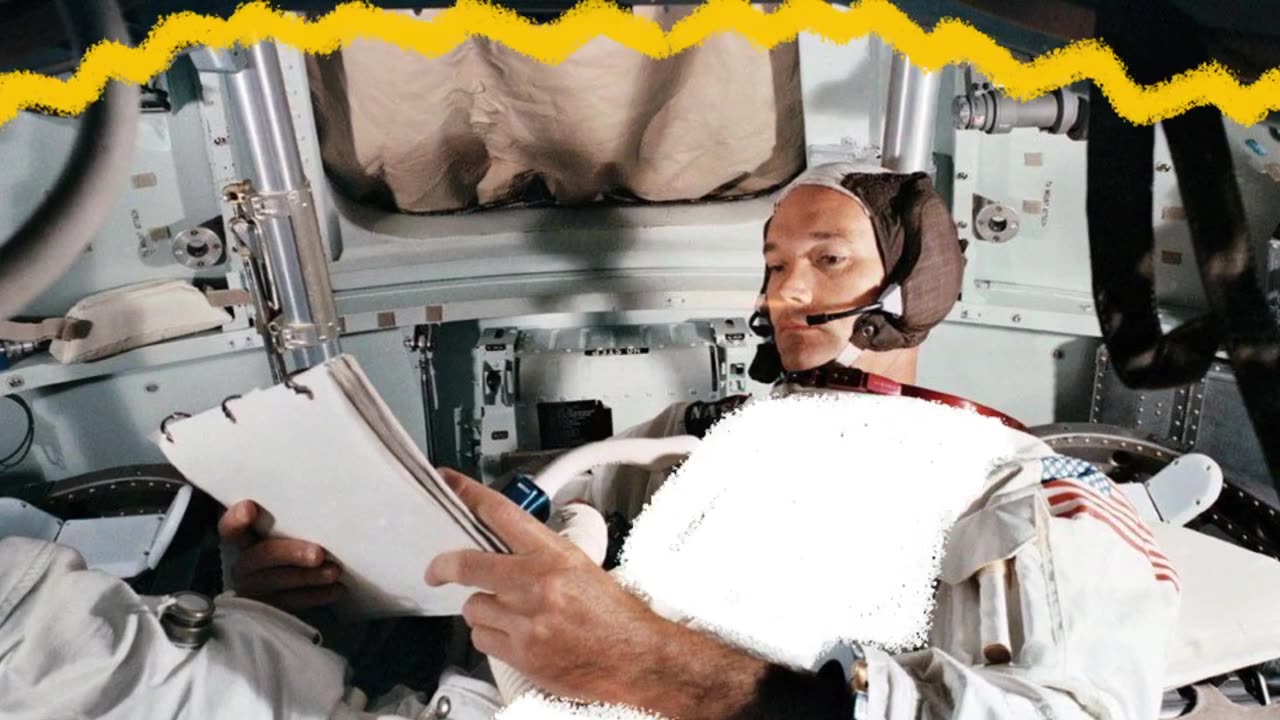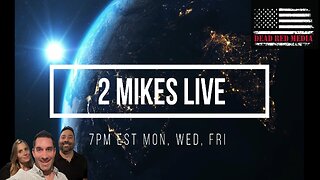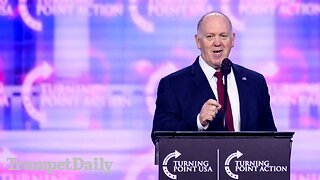Premium Only Content

Ensuring Astronaut Safety: NASA's Strategy for Shielding Against Space Radiation
Recalling the scorching August of 1972 in Surrey, England, where NASA scientist Ian Richardson spent his youth, the parched brown fields and the general effort to avoid the blazing sun stand out. However, during several days that month, his television screen repeatedly glitched. The BBC's announcement, "Do not adjust your set," echoed through the airwaves, assuring viewers that the interference was not caused by the heat but rather by sunspots.
These very sunspots, responsible for disrupting television signals, coincided with a series of massive solar flares that erupted from August 4 to 7. This was a close call for the Apollo 16 and 17 missions, as the solar eruptions posed a significant threat to lunar explorers. If the astronauts had been in lunar orbit or on the Moon's surface during this period, they would have been exposed to dangerous levels of solar radiation triggered by these eruptions. Today, these events from the Apollo era serve as a stark reminder of the perils of radiation exposure for both space technology and astronauts. Understanding and predicting solar eruptions have become imperative for ensuring the safety of space exploration.
Nearly five decades since those tumultuous storms of 1972, NASA has made significant advancements in data collection, technology, and resources. These improvements have paved the way for progress in space weather forecasting and astronaut protection, crucial elements of NASA's Artemis program aimed at returning astronauts to the Moon.
-
 2:11:02
2:11:02
Kim Iversen
9 hours agoMUSK VS MAGA: Are Americans Too Uneducated and Lazy To Hire? | Debate: “Jesus Wasn’t A Jew”
60.9K217 -
 LIVE
LIVE
Drew Hernandez
6 hours agoMAGA CIVIL WAR OVER H-1B & DREW W/ HODGE TWINS
2,632 watching -
 1:05:22
1:05:22
Donald Trump Jr.
12 hours agoAmerica First Means Reviving the American Dream, Interview with Peter Schweizer | TRIGGERED Ep.203
131K275 -
 1:34:02
1:34:02
The Officer Tatum
11 hours agoLIVE: Trump ENDORSES Mike Johnson as Elon BACKTRACKS On H-1B + MORE | Officer Tatum Show EP 32
91.8K125 -
 45:56
45:56
Kimberly Guilfoyle
11 hours agoNew Year. Same MAGA Mission, Live with Roger Stone | Ep. 183
98.5K41 -
 1:49:14
1:49:14
2 MIKES LIVE
15 hours ago2 MIKES LIVE #160 We're Back! Deep Dive Monday!
60.4K13 -
 54:28
54:28
LFA TV
1 day agoTrump’s Triumphant Year | Trumpet Daily 12.30.24 7PM EST
63.8K11 -
 2:28:37
2:28:37
Quite Frankly
13 hours ago"2024 Review, Homunculus Flu, Old/New Year Predictions" 12/30/24
85.1K12 -
 14:04:17
14:04:17
RonjnJeremy
16 hours ago $8.83 earnedClassic Wow 20th Anniversary edition HC SF, Rogue..PT8 lvl 46+ Just need to stay alive...
109K6 -
 1:50:28
1:50:28
Jesús Enrique Rosas
13 hours agoEp. 51: Gates wants CENSORSHIP, Colbert MESSES UP, AOC meltdown, Hanks LEAVING and MOAR!
121K66